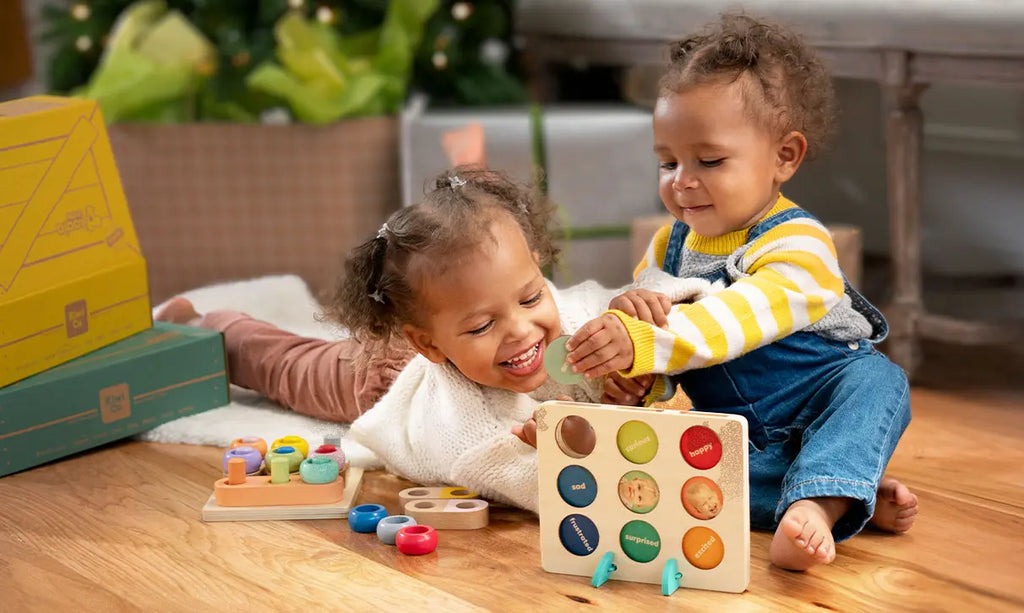
The Wonderful World of Kids’ Toys: More Than Just Playtime
Toys have been a cornerstone of childhood for generations, serving not only as sources of entertainment but also as tools for learning, imagination, and development mainasik. From plush animals and puzzles to high-tech gadgets and interactive learning kits, kids’ toys have evolved dramatically—but their core purpose remains the same: to bring joy and growth to young minds.
The Role of Toys in Child Development
Toys do far more than keep children busy. They play a vital role in various areas of development:
-
Cognitive Skills
Toys like building blocks, puzzles, and board games encourage problem-solving, memory development, and logical thinking. STEM-based toys, in particular, introduce kids to science, math, and engineering concepts in fun, engaging ways. -
Motor Skills
Activities such as stacking, coloring, or playing with action figures help enhance fine motor skills. Ride-on toys and sports equipment contribute to physical strength and coordination. -
Social and Emotional Growth
Toys like dolls, play kitchens, or superhero sets allow kids to role-play and act out real-life scenarios, helping them understand emotions, empathy, and communication. Group games teach cooperation, sharing, and teamwork. -
Creativity and Imagination
Open-ended toys such as LEGO sets, art supplies, or pretend-play sets ignite creativity and let kids explore their imagination freely.
Types of Popular Kids’ Toys
-
Educational Toys: Designed to support learning while playing, these include alphabet games, number puzzles, science kits, and coding robots.
-
Outdoor Toys: Bikes, trampolines, sandboxes, and water tables encourage outdoor play, which is crucial for physical health and social interaction.
-
Electronic and Smart Toys: Tablets for kids, interactive storybooks, and voice-activated assistants are increasingly popular. When used in moderation, they can supplement learning in fun ways.
-
Classic Toys: Toys like teddy bears, wooden trains, and board games remain timeless because of their simplicity and universal appeal.
Choosing the Right Toy
When selecting toys for children, it’s important to consider:
-
Age Appropriateness: Toys should match a child’s developmental stage to ensure safety and engagement.
-
Safety: Avoid toys with small parts for toddlers, and check for non-toxic materials and sturdy construction.
-
Interests: A child’s interests can help guide toy choices. A budding artist might love a craft kit, while a future engineer might enjoy a construction set.
-
Balance: While educational value is important, toys should also be fun. Striking a balance between learning and play is key.
The Power of Play
In today’s fast-paced, tech-heavy world, playtime remains a vital aspect of a child’s well-being. Through toys, kids not only entertain themselves but also explore the world, understand how things work, and build the skills they need to thrive in life.
Parents, caregivers, and educators all play a role in making sure children have access to the right toys at the right time. Whether it’s a simple rubber duck or a sophisticated robot, every toy has the potential to make a difference.
Conclusion
Toys are more than just objects—they are companions, teachers, and gateways to adventure. As we continue to innovate and expand what toys can do, one thing is clear: the world of kids’ toys is as magical as childhood itself.